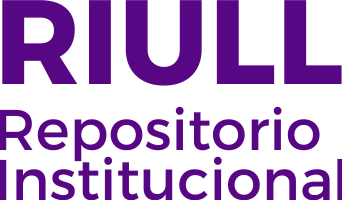A Geospatial Thinking Multiyear Study
Date
2020Abstract
In the field of environmental sustainability and landscape management, geospatial thinking is necessary. A good level of geospatial thinking is related to academic success in engineering degrees. It is relevant, therefore, to detect the possible deficiencies that university students may have in tasks related to geospatial thinking. This research presents the results of a 2014-2019 multiyear study with agricultural engineering students, in which seven geospatial tasks were analyzed. The statistical analysis shows that geospatial tasks related to slope, stream/water flow, visibility, andrelief interpretation are the best at predicting the final course mark. The present research provides quantitative data on the efficiency that four technologies have to reinforce geospatial thinking focused on each task. Augmented Reality is an appropriate 3D technology for geospatial tasks related to route search, stream/water flow, and elevation points. SketchUp Make 2017 and Autodesk 123D Make showed their potential to solve tasks related to terrain slope and visibility analysis. Spatial Data Infrastructure has given the best results in geospatial tasks related to the photointerpretation of the relief and with topographic profiles of the terrain. Our findings will help teachers to select the most appropriate geospatial tasks to include in their courses.





